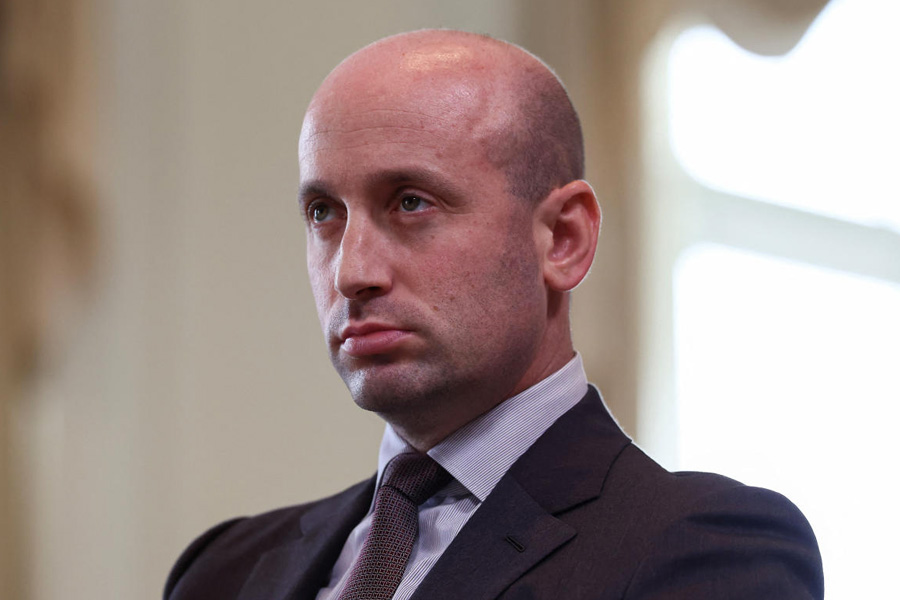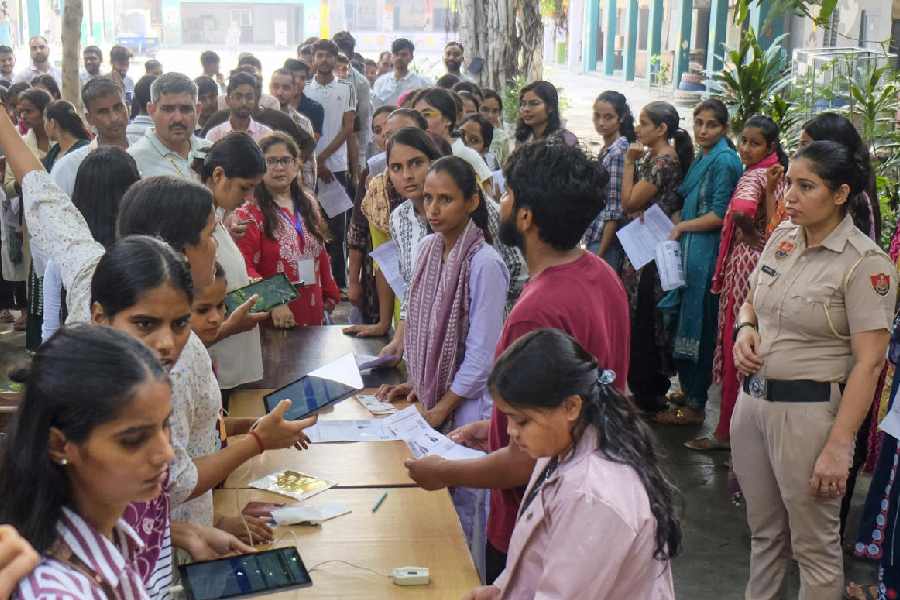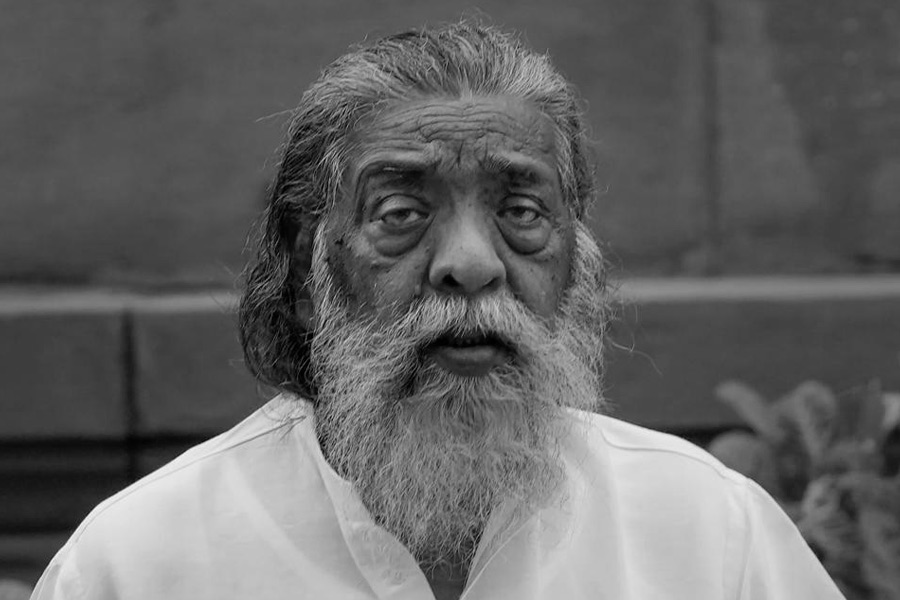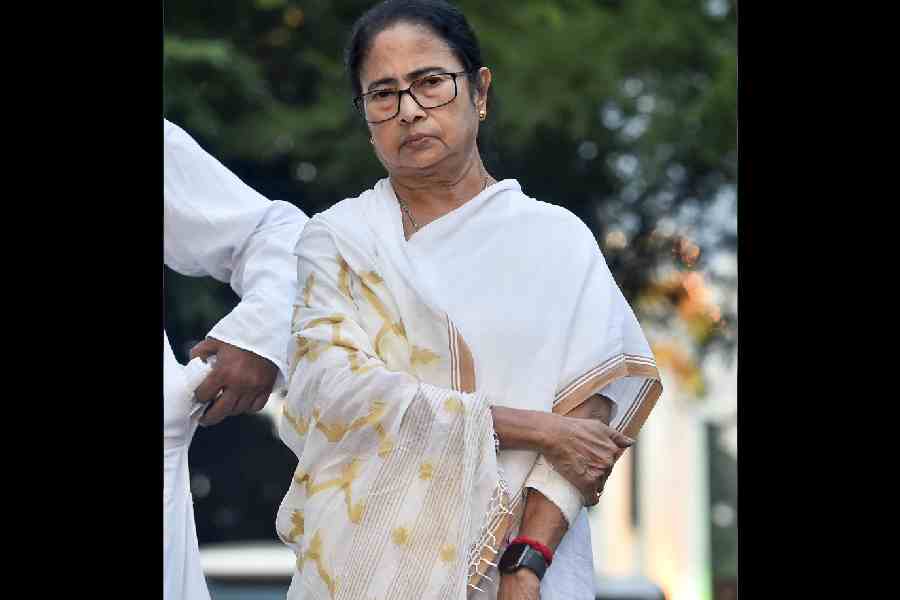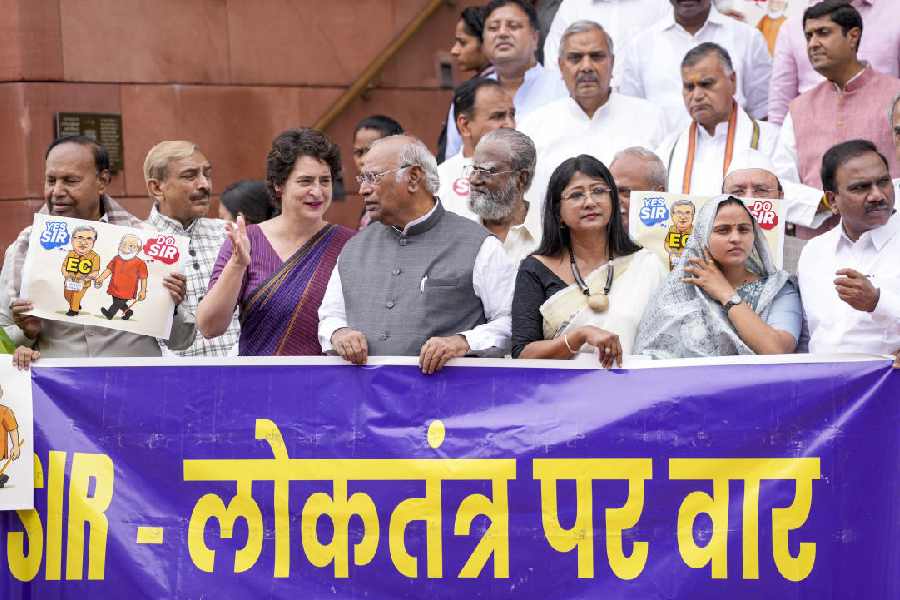 |
Faced with a shortfall of meat in a city that swears by its kasha mangsho and mutton biryani, Buddhadeb Bhattacharjee?s government has evolved a grand project for augmenting production.
On Wednesday, the government, in the presence of the chief minister, will sign a memorandum of understanding with JRD Tata Trust and Bharatiya Agro Industries Foundation (BAIF) for taking up goat-rearing schemes in four blocks of Burdwan and Bankura.
In addition, the animal resources development department has invited expressions of interest from private parties for breeding goats at its 500-acre farm in Salboni.
?We?re asking companies to come up with proposals for rearing 5,000 goats at a time in the farm,? animal resources development secretary Subesh Das said on Monday.
The government will also support contract goat-farming among villagers on the fringes of the facility.
As part of the Tata-BAIF scheme, the trust will contribute Rs 97 lakh for augmenting the Black Bengal Goat population in the state over the next two years, the scheme period.
Around 20.5 million goats are slaughtered in Bengal every year, of which 505,000 are consumed in Calcutta, making it a Rs 50-crore market.
Bengal produces over 31 per cent of the 469,000-metric-tonne goat meat produced in India annually. However, even with an annual production of 144,000 metric tonnes, the state still falls short of demand by 47 per cent. Hence, young goats of the Beetle, Sirohi and Barberi varieties are brought from Bihar, UP, Rajasthan and raised here for consumption.
But Calcuttans, who consume around 52,920 kg of goat meat daily, are asking for even more. ?There is a large gap between demand and supply. If we were to augment production, not only would the prices climb down, but the consumption would go up. Currently, Calcutta is consuming more poultry because it is cheap by virtue of being abundant,? said an official from the animal resources development department.
Chief minister Bhattacharjee is reported to have taken a personal interest in the matter. ?There is a huge demand for goat meat. But, we haven?t done enough for this sector, though it has a great potential. Let us ensure that production is augmented to the best of our capacity,? Bhattacharjee told officials of the animal resources department recently.
Between 2002 and 2003, goat meat production in Bengal rose by only 1.05 per cent. In comparison, the poultry sector grew by 15.44 per cent.
?It is this scenario that we are trying to redress. In case of milk, we have a cooperative model, so ably demonstrated by Amul. But there is no model for goat meat production. This pilot project will be the model on which our future goat rearing schemes will be formulated. We hope this will also develop the rural economy,? said Das.
Under the programme, BAIF will supply meat after hygienic slaughter. It will also process the hides for supply to JRD Tata Trust.
?BAIF will identify and buy breeding bucks, supervise the feeding and also set the production target. It will also impart technical expertise and capacity-building for local NGOs to sustain the process after the end of project. It will even market the meat,? said S.K. Dasgupta, director, animal resources department.
The state government will provide infrastructure support through vaccination, treatment and de-worming.
A native of Murshidabad, Bongaon, Nadia and Malda, the Black Bengal goat is considered the tastiest and supplies the best leather, known for its granules.
The programme will also address two primary goat diseases.





